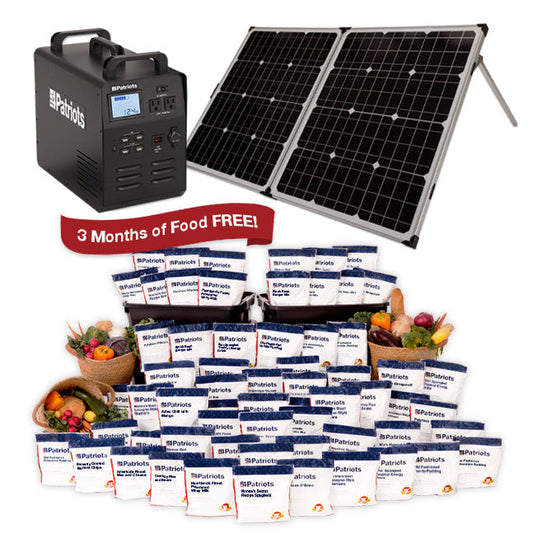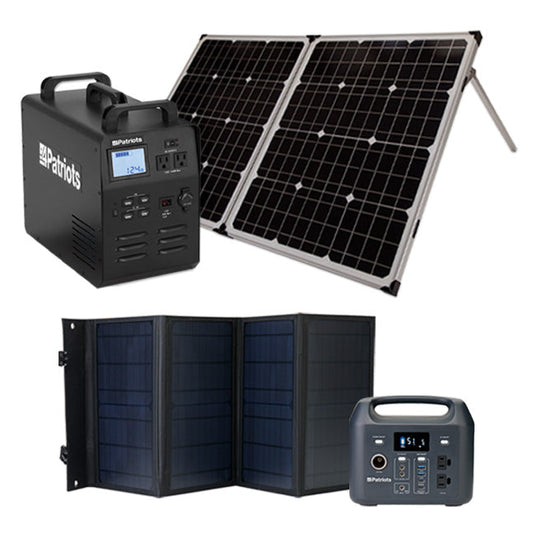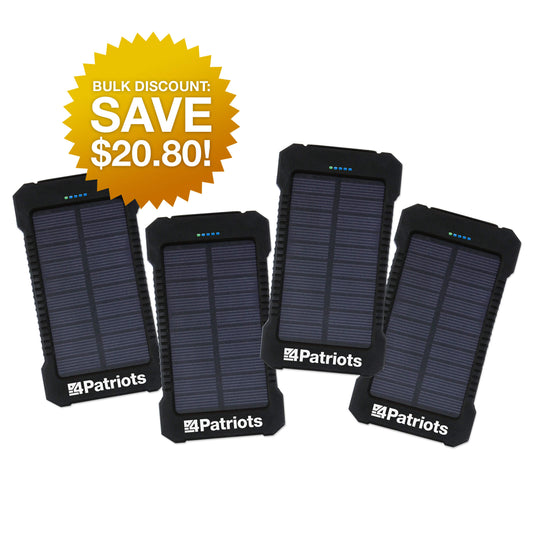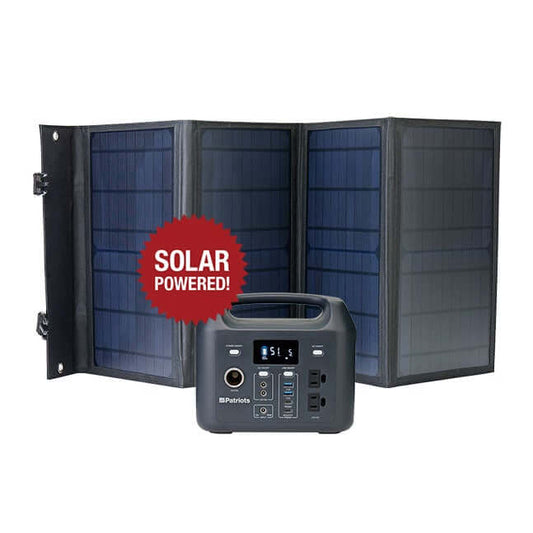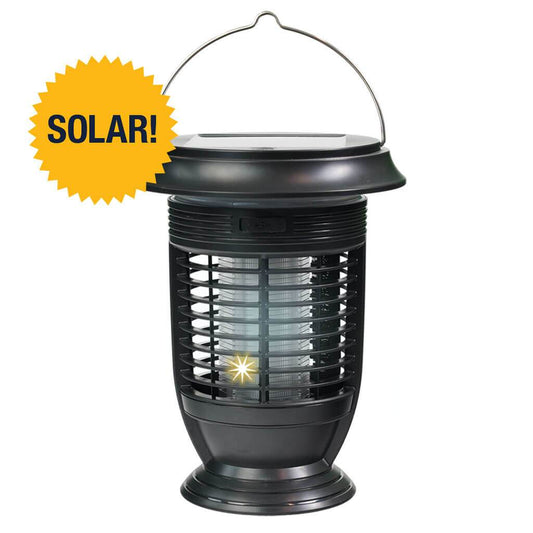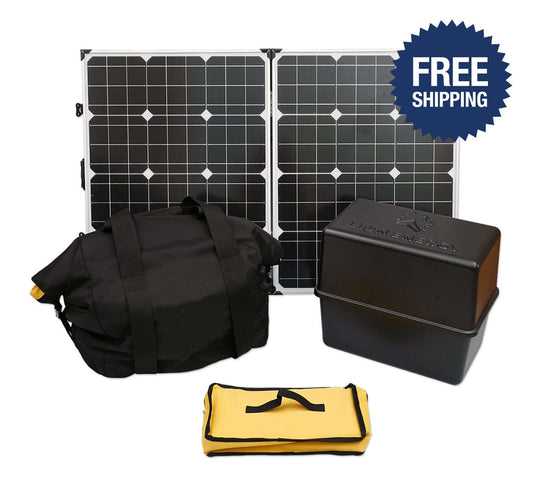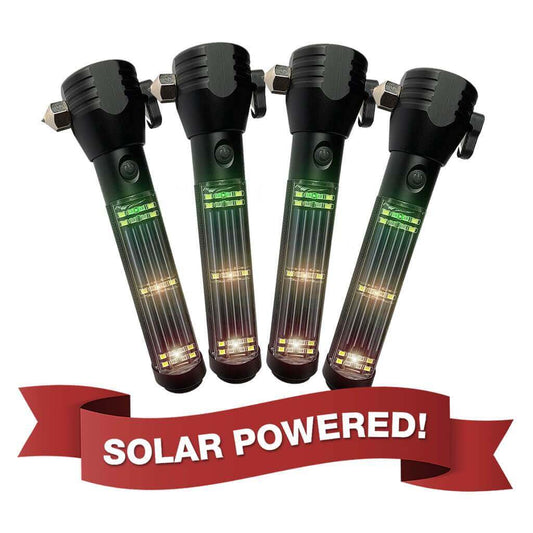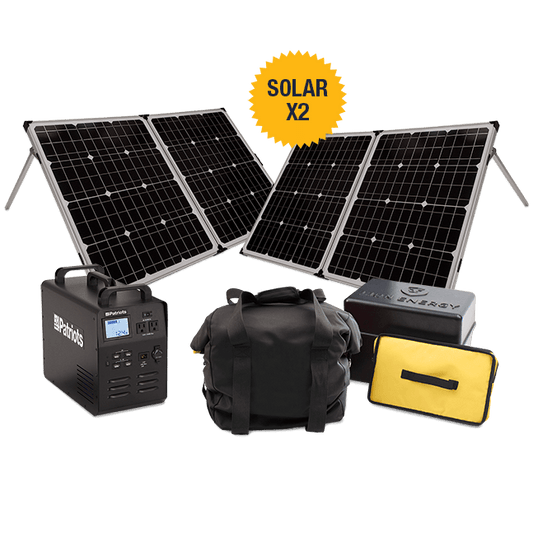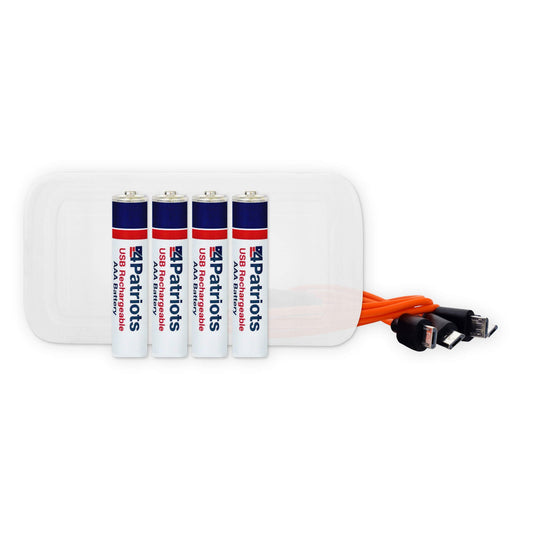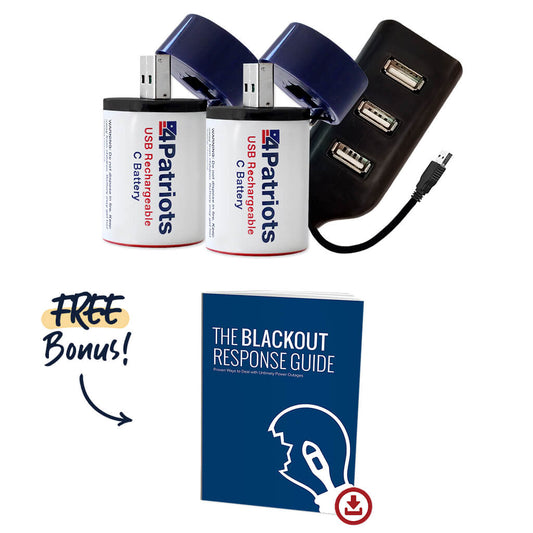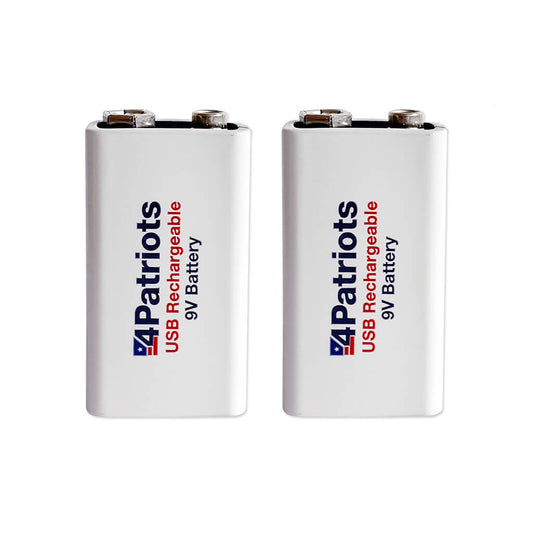
Solar Energy Promises a Brighter Future

For many years, solar energy proponents have told us solar will become the cheapest form of electricity.
This has finally occurred in most major countries. According to the International Energy Agency (IEA). Solar-powered electricity now accounts for nearly 40 percent of new generating capacity.
Jon Moore is the chief executive of BloombergNEF. It’s a leading provider of primary research on clean energy. Here’s what he says.
“These technologies were always low-carbon and relatively quick to build. Now, in many countries around the world, either wind of solar is the cheapest option for electricity generation.”
Free Power From the Sun
The IEA recently published a 464-page book titled World Energy Outlook 2020. It provides details about the rise of solar and other renewable energies.
One of the reasons for the growth is this. Twenty-three of the states have signed the U.S. Climate Alliance pledge.
This pledge promises the reduction of economy-wide emissions by 28 percent in 2025.
Limiting global oil production and use has been controversial. But few people are against utilizing the free power of the sun to produce electricity.
Fastest Growing Job in U.S.?
The American solar industry employs close to 250,000 people. That’s according to Forbes magazine.
Solar photovoltaic (PV) installation will more than double over the next five years. That’s according to the Solar Energy Industries Association. As well as Wood Mackenzie, a global energy research and consulting firm.
That’s why the U.S. Bureau of Labor Statistics estimates this. Solar PV installer will be the fastest growing job through 2028. The average annual salary will be $42,000.
One of the positives about solar energy is that it can be stored in batteries for later use. But a roadblock right now is the high price of energy storage systems. Once those prices come down, efficiency is expected to improve.
California Spearheads Trend
California leads the way in solar PV capacity with more than 26 megawatts (MW) installed.
That’s nearly five times as much as the production of the second-ranked state, North Carolina.
Through 2025, five states are expected to deploy about one-half of the nation’s solar PV capacity. They are California, North Carolina, Texas, Florida and Nevada. Solar growth is also expected in Pennsylvania, Colorado, Maryland and Maine.
Accounting for almost 60 percent of the total U.S. PV manufacturing are three states. They are Ohio, Georgia and New York.
Solar Saves Money
The sun shines more often and more powerfully in some areas of the country than others. But just about everyone can benefit from the power it delivers where they live.
This can take the form of installing an array of solar panels on rooftops of homes and businesses. Or in large fields.
Or it could involve this. Using one or more solar panels to power electrical appliances and devices.
Regardless, harnessing energy from the sun protects the environment and saves money. And the more we use solar energy, the lighter the burden on our vulnerable electric grid.
From Glass to Power Stations
A quick energy history lesson is in order here. Back in the seventh century B.C., people were able to make fire by using glass to magnify the sun’s rays.
Fast forward to the late 1800s. American inventor Charles Fritts created the first working selenium solar cell. In 1981, the first megawatt-scale power station went online.
In 2001, the U.S. Department of Energy made a prediction. They said solar energy would be competitive with traditional power sources within 10 years.
It took a little longer. But a recent report shows the cost of electricity for solar dropping 81 percent over the past 10 years.
The Dreaded Electric Bill
And that’s one of the major benefits of solar power. Generating power from the sun helps to conserve money.
Over time, those extra funds can be used for food and other supplies we need in our daily lives.
Due to the requirement for heat in the winter and cooling in the summer, electric rates can be daunting.
Powering our homes and businesses with solar energy can help save money. And when businesses thrive, they can create new jobs.
Environmental Impact
Using the sun’s power can also help us protect the environment. We don't have to worry about leaving less energy for future generations. But we do have to tap into that power properly.
The energy stored in the earth's fossil fuel reserves from oil, coal and natural gas is equal to 20 days' worth of sunshine.
Switching from fossil fuels to solar power can have a dramatic impact. In one home it could have the same emissions reduction effect as planting 150 trees.
Normal electricity production depends on water, which cools generators and refines fuel. Solar panels do not need water to convert sunlight into energy.
Solar energy isn’t just the wave of the future anymore. It’s flourishing now. Any device you can power with solar energy leaves more money in your wallet and helps clean up the environment.
Featured Products
- Regular price
- From $799
- Regular price
-
- Sale price
- From $799
- Unit price
- per
- Regular price
- $249
- Regular price
-
- Sale price
- $249
- Unit price
- per
- Regular price
- $2,497
- Regular price
-
$3,194 - Sale price
- $2,497
- Unit price
- per
- Regular price
- $2,499
- Regular price
-
$2,994 - Sale price
- $2,499
- Unit price
- per
- Regular price
- From $29.95
- Regular price
-
$119.80 - Sale price
- From $29.95
- Unit price
- per
- Regular price
- $2,499
- Regular price
-
- Sale price
- $2,499
- Unit price
- per
- Regular price
- $499
- Regular price
-
- Sale price
- $499
- Unit price
- per
- Regular price
- $29
- Regular price
-
- Sale price
- $29
- Unit price
- per
- Regular price
- $2,796
- Regular price
-
- Sale price
- $2,796
- Unit price
- per
- Regular price
- $29.95
- Regular price
-
- Sale price
- $29.95
- Unit price
- per
- Regular price
- $97
- Regular price
-
- Sale price
- $97
- Unit price
- per
- Regular price
- $4,999
- Regular price
-
- Sale price
- $4,999
- Unit price
- per
- Regular price
- $49.95
- Regular price
-
- Sale price
- $49.95
- Unit price
- per
- Regular price
- From $69
- Regular price
-
- Sale price
- From $69
- Unit price
- per
- Regular price
- $201
- Regular price
-
- Sale price
- $201
- Unit price
- per
- Regular price
- From $90.97
- Regular price
-
$129.95 - Sale price
- From $90.97
- Unit price
- per
- Regular price
- $999
- Regular price
-
- Sale price
- $999
- Unit price
- per
- Regular price
- $29.95
- Regular price
-
- Sale price
- $29.95
- Unit price
- per
- Regular price
- From $29.50
- Regular price
-
$30.99 - Sale price
- From $29.50
- Unit price
- per
- Regular price
- $129
- Regular price
-
- Sale price
- $129
- Unit price
- per
- Regular price
- From $27
- Regular price
-
$399.80 - Sale price
- From $27
- Unit price
- per
- Regular price
- $3,494
- Regular price
-
- Sale price
- $3,494
- Unit price
- per
- Regular price
- From $199
- Regular price
-
$205.50 - Sale price
- From $199
- Unit price
- per
- Regular price
- $99.95
- Regular price
-
- Sale price
- $99.95
- Unit price
- per
- Regular price
- $29.95
- Regular price
-
- Sale price
- $29.95
- Unit price
- per
- Regular price
- $8.99
- Regular price
-
$29.95 - Sale price
- $8.99
- Unit price
- per
- Regular price
- $99.95
- Regular price
-
- Sale price
- $99.95
- Unit price
- per
- Regular price
- $29.95
- Regular price
-
- Sale price
- $29.95
- Unit price
- per
- Regular price
- $59.95
- Regular price
-
- Sale price
- $59.95
- Unit price
- per
- Regular price
- $11.98
- Regular price
-
$29.95 - Sale price
- $11.98
- Unit price
- per
- Regular price
- $44.95
- Regular price
-
$44.95 - Sale price
- $44.95
- Unit price
- per
- Regular price
- $24.95
- Regular price
-
$49.95 - Sale price
- $24.95
- Unit price
- per
- Regular price
- $114.95
- Regular price
-
- Sale price
- $114.95
- Unit price
- per
- Regular price
- $189
- Regular price
-
- Sale price
- $189
- Unit price
- per
- Regular price
- $499
- Regular price
-
- Sale price
- $499
- Unit price
- per
- Regular price
- $59.95
- Regular price
-
- Sale price
- $59.95
- Unit price
- per
- Regular price
- $39.95
- Regular price
-
- Sale price
- $39.95
- Unit price
- per
- Regular price
- $59.95
- Regular price
-
- Sale price
- $59.95
- Unit price
- per
- Regular price
- $19.95
- Regular price
-
- Sale price
- $19.95
- Unit price
- per
- Regular price
- $99.95
- Regular price
-
- Sale price
- $99.95
- Unit price
- per
- Regular price
- $69
- Regular price
-
- Sale price
- $69
- Unit price
- per
- Regular price
- $14.27
- Regular price
-
$21.95 - Sale price
- $14.27
- Unit price
- per
- Regular price
- $149.95
- Regular price
-
- Sale price
- $149.95
- Unit price
- per
- Regular price
- $79.95
- Regular price
-
- Sale price
- $79.95
- Unit price
- per
- Regular price
- $39.95
- Regular price
-
- Sale price
- $39.95
- Unit price
- per
- Regular price
- $114.95
- Regular price
-
- Sale price
- $114.95
- Unit price
- per
- Regular price
- $39.95
- Regular price
-
- Sale price
- $39.95
- Unit price
- per
- Regular price
- $99.95
- Regular price
-
- Sale price
- $99.95
- Unit price
- per
- Regular price
- $24.95
- Regular price
-
- Sale price
- $24.95
- Unit price
- per
- Regular price
- $24.95
- Regular price
-
- Sale price
- $24.95
- Unit price
- per





